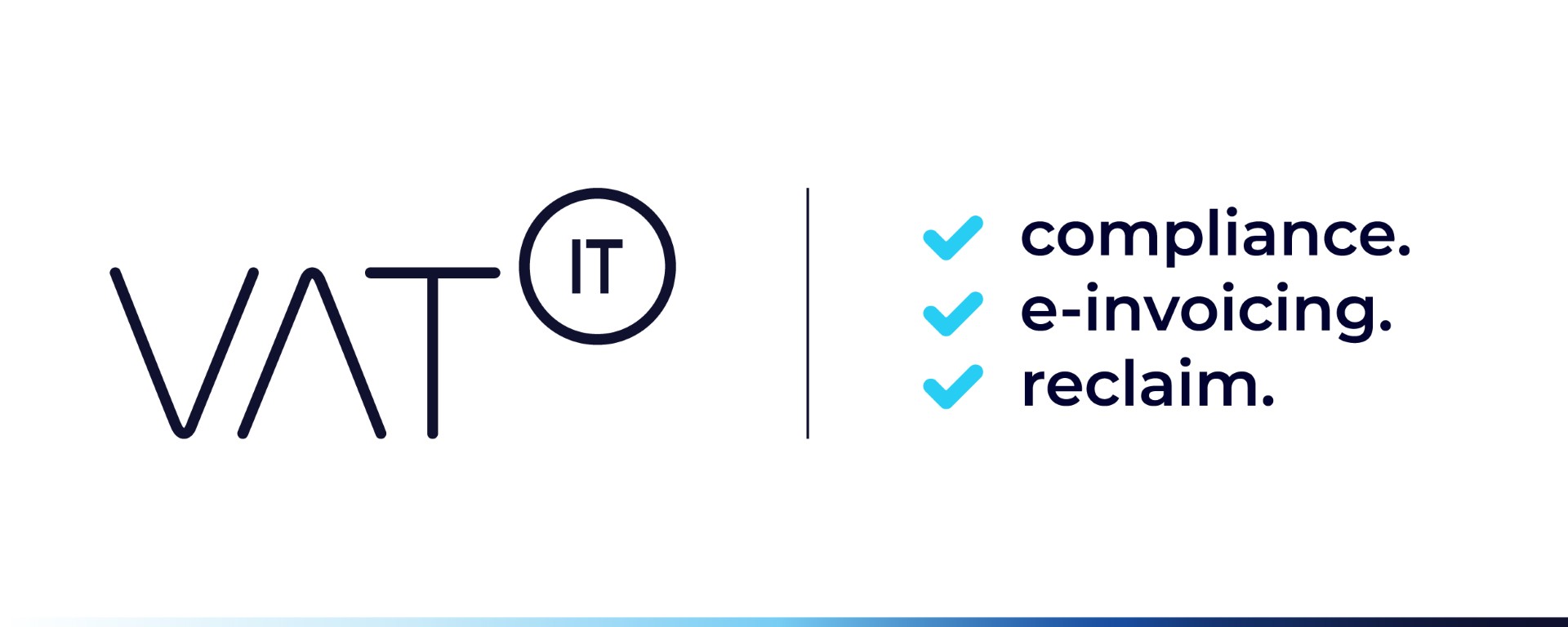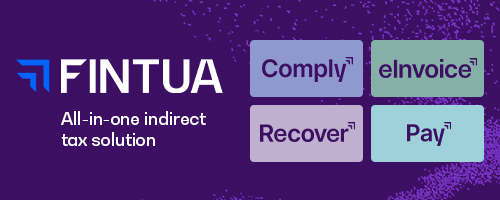1. Executive Summary:
Oman is implementing a phased e-invoicing mandate, “Fawtara,” requiring VAT-registered businesses to issue, transmit, and store invoices in a structured electronic format. This is being done to enhance tax compliance through near-real-time reporting to the Oman Tax Authority (OTA). The initiative employs a “Decentralized Continuous Transaction Controls” approach, operating through a “Five-Corner Model” architecture. Full implementation, including government entities, is expected by August 2028. Non-compliance will result in significant penalties.
2. Scope and Applicability:
- Transactions Covered: All VAT-liable transactions by VAT-registered businesses in Oman will be covered. This includes B2B, B2G, zero-rated exports, and exempt supplies. Import transactions are excluded (foreign suppliers without Oman VAT registration are out of scope). B2C transactions may be addressed in later phases.
- Quote: “Oman’s upcoming e-invoicing mandate (the “Fawtara” program) will eventually cover all VAT-liable transactions by VAT-registered businesses.”
- Taxable Persons: “All persons registered for VAT in Oman,” from large corporations to SMEs, must comply once their phase is active. Non-registered entities are exempt. Non-established companies registered for Oman VAT are included.
- Quote: “The mandate applies to all persons registered for VAT in Oman, regardless of establishment status.”
3. Implementation Timeline:
Oman is phasing in e-invoicing:
- Initial Plans (Postponed): Original target of voluntary pilot in April 2024 and mandatory phase in October 2024 were postponed.
- Current Status (2025): Omantel partnership formed, solution partner signed (May 2025), and the first 100 businesses selected for Phase 1 (September/October 2025). Specifications drafted (November/December 2025).
- Phased Rollout (2026-2028):February 2026: Developer/test portal launch.
- May 2026: Registration and accreditation of e-invoicing service providers.
- August 2026: First live phase (top ~100 companies).
- Early 2027 (Phase 2): Remaining large taxpayers.
- Mid/Late 2027 (Phase 3): All other VAT-registered businesses (SMEs).
- August 2028 (Phase 4): Government entities (B2G).
- Quote: “According to the OTA’s current plan, all VAT invoices in Oman should be electronic by the end of August 2028.”
4. E-Invoice Format and Content:
- Format: Structured electronic format (not PDF or paper). Conformance with international standards is expected – a Peppol-based UBL schema (Universal Business Language XML). XML or JSON data files.
- Quote: “Oman’s e-invoices must be issued in a structured electronic format that allows automated processing, rather than PDF or paper.”
- Content: Mandatory details including seller and buyer identification, invoice date and number, line item details, taxable amount, VAT rate and amount, total VAT, and total gross amount. Digital elements like a unique invoice identifier, a digital signature/certification, and potentially a QR code are likely.
5. E-Reporting and Data Transmission Process:
- Approach: “Decentralized Continuous Transaction Controls” – near-real-time reporting.
- Quote: “Oman is adopting a “Decentralized Continuous Transaction Controls” approach – essentially a near-real-time reporting of invoice data to the tax authority as invoices are issued.”
- Five-Corner Model:Supplier generates the invoice and sends it to an OTA-accredited Service Provider (ASP). Invoices produced directly from accounting/ERP software, no manual entry portals.
- Supplier’s ASP performs initial checks and forwards the invoice to the OTA’s “Fawtara” platform.
- OTA’s Fawtara system validates the invoice and returns a confirmation to the supplier’s ASP. Invoice data passed to the buyer’s service provider.
- Buyer’s Service Provider delivers the invoice to the buyer.
- Buyer.
- Deadlines & Frequency: Data submission is effectively on invoice issuance. No separate periodic e-reporting form. Real-time reporting (seconds/minutes).
6. Penalties for Non-Compliance:
- Strict penalties for failing to comply with e-invoicing requirements.
- Quote: “Oman has put in place strict penalties for failing to comply with the e-invoicing requirements.”
- Fines ranging from OMR 500 up to OMR 5,000 for non-compliance, such as not issuing invoices in the mandated electronic format.
7. Archiving and Retention Requirements:
- All e-invoices must be stored and archived in a secure digital form for 10 years from the end of the year in which they were created.
- Quote: “Oman’s VAT regulations generally require records (including invoices) to be kept for 10 years from the end of the year in which they were created, and the same rule applies to electronic invoices.”
- Taxpayers must ensure the integrity and readability of invoices for that period.
8. Pre-Filled VAT Returns:
- Oman does not currently offer pre-populated VAT returns based on e-invoice data.
9. Official Resources:
- Omani Tax Authority e-invoicing portal (taxoman.gov.om)
- Ministerial Decision 456/2022
- Future specification documents and standards for providers to be released by the OTA.
INDEPTH ANALYSIS
- Oman’s upcoming e-invoicing mandate (the “Fawtara” program) will eventually cover all VAT-liable transactions by VAT-registered businesses. This includes standard domestic sales of goods and services, business-to-business (B2B) and later business-to-government (B2G) supplies.
- Zero-rated exports and exempt supplies must still be invoiced electronically (with 0% VAT or appropriate codes).
- However, import transactions (purchases from foreign suppliers not registered in Oman) are outside the mandate – in such cases, the foreign supplier is not required to issue an Omani e-invoice and the Omani buyer simply accounts for VAT via reverse-charge, as usual.
- In the initial rollout, consumer sales (B2C) aren’t the primary focus; retail cash sales may continue using existing POS receipts, with their summary values reported in the VAT return rather than individual real-time e-invoices. Eventually, as the system matures, most or all invoicing – whether B2B, B2C, or B2G – is expected to shift onto the electronic platform for full coverage. [cleartax.com] [deloitte.com], [cleartax.com]
-
Legal Basis (2022): Oman amended its VAT Executive Regulations via Ministerial Decision No. 456/2022 (effective 17 Oct 2022) to recognize electronic tax invoices and authorize future mandates. This established the definition of e-invoices (structured electronic format) and introduced penalties for failing to issue them. Following this, the Oman Tax Authority (OTA) signaled that e-invoicing would eventually become compulsory for all VAT registrants after an initial voluntary period. [kpmg.com] [deloitte.com]
-
Initial Plans (2024 – Postponed): The OTA initially aimed for a voluntary pilot launch in April 2024 and a first mandatory phase by Oct 2024 for large companies. However, these 2024 target dates were officially postponed. By early 2025, the timeline was adjusted to start in 2025–26 (due to the scope of technical preparations and alignment with global best practices). [gspuoman.com] [gspuoman.com], [gspuoman.com]
-
Current Status (2025): In mid-2025, the OTA formally partnered with Omantel to develop the national e-invoicing platform and commenced groundwork. On 12 May 2025, the OTA signed an implementation agreement with a solution partner, confirming a phased rollout from 2026. By September–October 2025, the OTA selected the first 100 businesses (based on size, volume, sector, readiness, etc.) for Phase 1 and invited them to an e-invoicing readiness survey. Specifications and standards were drafted: in November 2025 the OTA planned to publish technical e-invoice specifications, and by December 2025 to issue standards for service providers and hold industry workshops. This is the “pilot preparation” stage. [blog.symtrax.com] [kpmg.com], [kpmg.com] [pwc.com], [fintedu.com]
-
Phased Rollout (2026–2028): February 2026 will see a launch of a developer/test portal for certified solution providers. May 2026 is slated for opening the registration and accreditation of e-invoicing service providers (the private IT firms through whom invoices will be routed). The first live phase goes active by August 2026, when the selected top ~100 companies must start issuing only electronic invoices via the Fawtara system. Subsequent phases will broaden the mandate roughly every 6 months: by early 2027 (Phase 2) to cover remaining large taxpayers above certain turnover thresholds; by mid/late 2027 (Phase 3) to include all other VAT-registered businesses, down to SMEs. Finally, Phase 4 in August 2028 will extend the requirement to government entities (B2G), meaning public sector bodies must both issue and accept only electronic invoices for their transactions. According to the OTA’s current plan, all VAT invoices in Oman should be electronic by the end of August 2028. [pwc.com], [fintedu.com] [cleartax.com], [cleartax.com] [pwc.com], [cleartax.com]
-
The supplier (seller) generates the invoice in their own system in the required electronic format and sends it to an OTA-accredited Service Provider (ASP) – this can be the supplier’s chosen e-invoicing platform or software integrated directly with their ERP. (Notably, Oman requires that e-invoices be produced straight from the accounting/ERP software – no manual entry portals – to ensure accuracy and integration.) [blog.symtrax.com], [blog.symtrax.com]
-
The supplier’s service provider receives the invoice data and performs initial checks (format validity, schema completeness, etc.). The ASP then forwards the invoice to the Oman Tax Authority’s central “Fawtara” platform for validation. [blog.symtrax.com]
-
The OTA’s Fawtara system (central hub) runs automated validation rules on the invoice (e.g. verifying the VAT identification numbers, checking calculations, ensuring no required fields are missing). Once validated, the system generates an acknowledgment. In the five-corner flow, the OTA (Corner 3) returns a confirmation to the supplier’s ASP that the invoice is successfully received/recorded. At essentially the same time, the invoice data is passed on to the buyer’s service provider (if the buyer also uses an accredited provider). [blog.symtrax.com] [blog.symtrax.com], [blog.symtrax.com]
-
The buyer’s Service Provider delivers the invoice to the buyer in a suitable format (for example, importing it into the buyer’s ERP or providing a readable PDF copy alongside the data). The buyer’s ASP also typically sends an acknowledgment back up the chain to confirm the buyer received the e-invoice. [blog.symtrax.com], [blog.symtrax.com] [blog.symtrax.com]
-
Throughout this process, OTA receives the invoice details essentially in real-time, as part of the same workflow. There is no separate monthly or quarterly report of invoices needed for those invoices sent through Fawtara – each e-invoice is automatically “reported” to the tax authority at the time of issuance. (This continuous reporting ensures the OTA has up-to-date transaction data for audit and compliance purposes.) [cleartax.com], [cleartax.com] [kpmg.com], [kpmg.com]
Latest Posts in "Oman"
- Oman Tax Authority Updates E-Invoicing FAQs, Phased Rollout Begins August 2026 for Large Companies
- Oman Tax Authority (OTA) — Updated FAQ on E-Invoicing
- Oman 2026 E-Invoicing: OTA Releases Draft Data Dictionary and Outlines Key Requirements
- Oman Advances E-Invoicing System; Pilot Launch Set for August 2026 to Boost Tax Compliance
- Oman Releases Draft Data Dictionary for E-Invoicing Ahead of August 2026 Implementation














